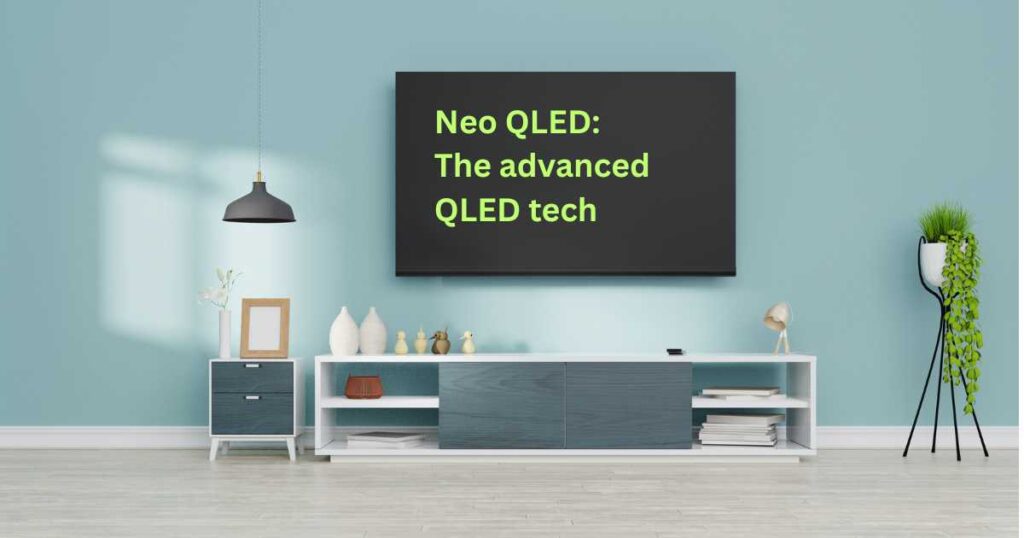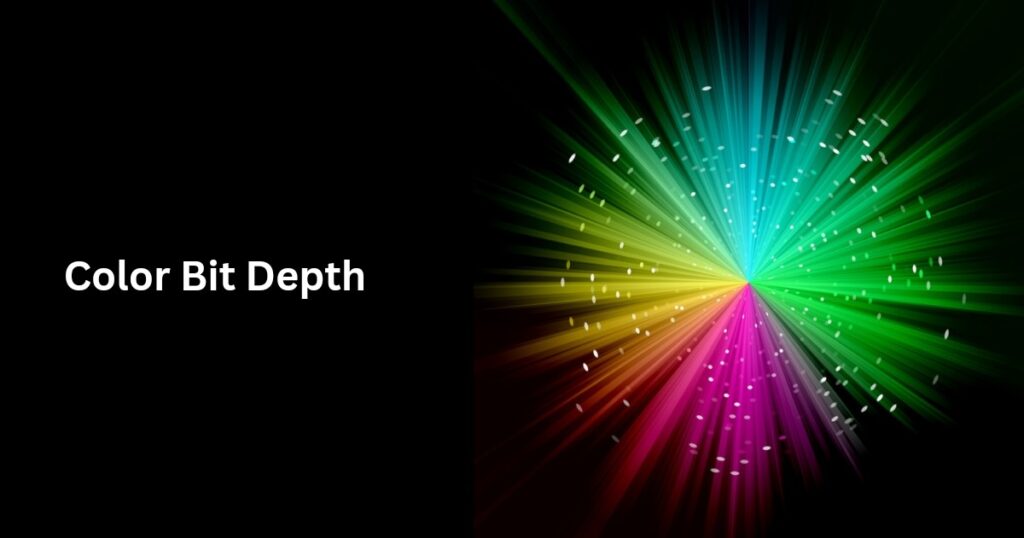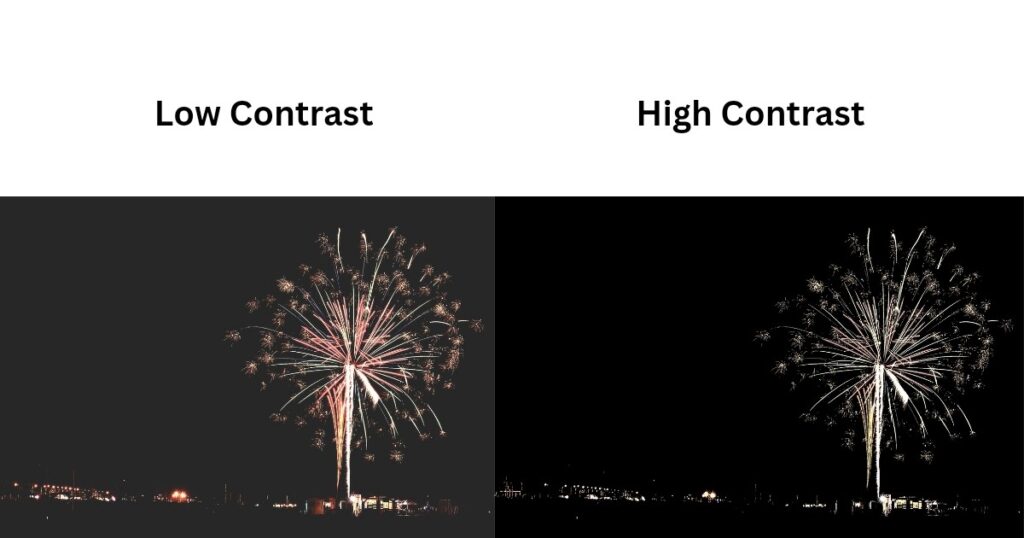Neo QLED TV: The advanced QLED tech
If you want the colors on your TV to pop, check out the amazing Samsung Neo QLED TVs.

Neo QLED technology has been making waves in the TV market, touted as a significant leap over traditional QLEDs and a strong rival to the OLED displays.
But does it truly live up to the hype? Let’s check out in this article.
What is a QLED TV?
A QLED TV is a type of LCD television that uses an LED backlight along with a quantum dot layer to enhance picture quality.
This quantum dot layer is positioned between the LED backlight and the LCD panel.
When the backlight shines through it, the quantum dots emit pure, monochromatic colors, resulting in brighter, more vivid images with improved color accuracy.
What is a Neo QLED TV?
A Neo QLED TV is a type of QLED TV developed by Samsung that uses a mini LED backlight instead of the traditional LED backlighting.
Samsung uses the term “Neo QLED” to market its mini LED TVs.
The word “Neo” signifies the advanced mini LED backlighting combined with Samsung’s Quantum Matrix Technology, which allows for more precise local dimming and improved contrast and brightness control.
How do the Neo QLEDs achieve contrast?
Neo QLED TVs use a mini LED backlight, which allows them to have thousands of dimming zones.
This significantly improves contrast ratio as compared to standard QLED TVs, making the black levels much deeper and more impressive.
With so many lighting zones, Neo QLEDs can control light output with much greater depth.
This means that different areas of the screen can respond more precisely to the content being displayed, resulting in better color accuracy and overall picture quality.
Just like standard QLEDs, Neo QLED TVs also use quantum dot technology which helps them achieve a wide color gamut, resulting in vibrant and rich colors.
Being a type of LCD TV, Neo QLEDs are not prone to issues like pixel degradation or burn-in, which can affect OLEDs over time.
Thanks to their mini LED backlight, Neo QLED TVs can reach very high brightness levels, which makes them ideal for fighting all glare in brightly lit rooms.
When you combine this high brightness with strong contrast, accurate color reproduction, and a wide color gamut, the result is a high color volume.
This means the TV can display colors more precisely at the accurate brightness levels, thus delivering an exceptional HDR performance.
Are Neo QLEDs any better than QLEDs?
Samsung mostly uses VA panels in its QLED TVs, which naturally offer a good native contrast ratio.
In its Neo QLED TVs, this contrast is further enhanced by the use of mini LED backlighting.
A mini LED backlight consists of thousands of tiny LEDs grouped into several lighting/dimming zones.
These zones allow for much more precise control over brightness, enabling the TV to dim the areas of the screen wherever dark content is to be displayed.
As a result, Neo QLED TVs can produce deeper blacks and a significantly higher contrast ratio compared to regular QLED TVs that just use standard LED backlighting.
In contrast, standard QLED TVs use larger LEDs in their backlight, which means lesser number of LEDs can be packed within the given space.
This reduces the number of dimming zones and thus, limits the precision of local dimming.
While they still offer good contrast because of the VA panel also used in their display, Neo QLED TVs deliver much better performance in this area.
In fact, the black levels on high-end Neo QLED models come impressively close to those of OLED TVs, although not quite as perfect as the true blacks achieved by OLED technology.
Should you buy a Neo QLED TV?
If you like to watch TV in a bright room or during the daytime and have a habit of watching HDR content frequently, then you should definitely consider investing in a Samsung Neo QLED TV.
These TVs deliver bright vibrant colors, making HDR visuals truly pop.
Many Neo QLED models also support a 120Hz variable refresh rate, offering a smooth and responsive gaming experience.


